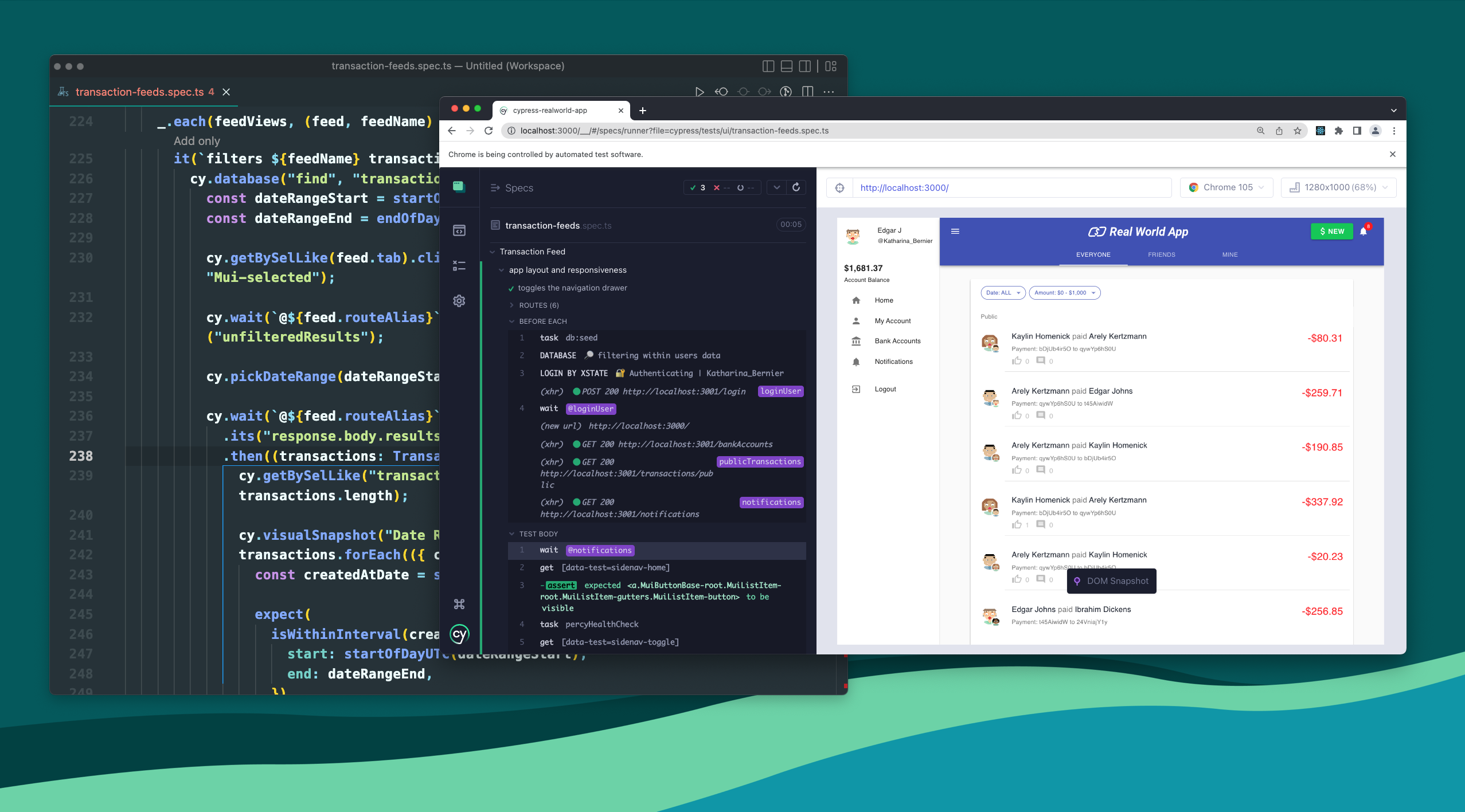
- #WEB IMAGE RESOLUTION 72. OR. 96 DOWNLOAD#
- #WEB IMAGE RESOLUTION 72. OR. 96 FREE#
- #WEB IMAGE RESOLUTION 72. OR. 96 MAC#
However, this just serves to confuse things further as the DPI (or PPI) value is only relevant (in practice) outside of the digital world. A printer produces dots and a monitor produces pixels, so this name attempts to provide context when an image is digital. One other thing to note is that the DPI value of a digital image is sometimes also referred to as PPI (or Pixels Per Inch). So what about saving images at 72 dpi for web use There is a lot of misinformation about saving images for the web with 72 dots per inch. The image saved at 300 dpi would therefor measure 1' as all 300 dots (original pixels) would fill an inch.

You may change your DPI to any value you like. All images measure 300 pixels by 216 pixels. This tool supports JPG, PNG, TIF, BMP and ICO. However, it is much simpler to change the DPI of an image using the tool provided above.

The printer would then output a larger number of dots for every inch, resulting in a sharper image.Īn image DPI value may be changed by opening the file inside MS (Microsoft) Paint, Adobe Photoshop or Illustrator. For example, a printing shop may request that a photo is submitted with 300 DPI rather than 72 DPI. For imported bitmap images, image resolution is determined by the source file. The same 1inchby1inch image with a resolution of 300 ppi would contain a total of 90,000 pixels. Friends, I’m here to put the 72 DPI myth to rest. As in, images for the web should be 72 DPI while images for print should be at least 300 DPI. The DPI value is read by some devices (such as printers) to determine how your image should be presented on a medium (such as paper). For example, a 1inchby1inch image with a resolution of 72 ppi contains a total of 5184 pixels (72 pixels wide x 72 pixels high 5184). If you’ve ever had to communicate with someone about creating/resizing images for the web, I’ll bet you’ve heard a lot about 72 DPI. Sometimes you need to go to a lower DPI, because all other image parameters (the number of megabytes, and the sizes in height and width) with decreasing. Using 150 DPI gives printed images a good quality, but if you want to get good image quality, you should use 300 DPI (or even 600). The actual quality (resolution) of the image (within the file itself) is not affected when its DPI value is adjusted. As already mentioned, 72 and 96 DPI is used for Web pages. The DPI (dots per inch) of an image is simply metadata embedded inside the image (header).
#WEB IMAGE RESOLUTION 72. OR. 96 DOWNLOAD#
#WEB IMAGE RESOLUTION 72. OR. 96 MAC#

#WEB IMAGE RESOLUTION 72. OR. 96 FREE#
Use this free tool to change the DPI of your image instantly iWeb2Shot is a free online web page to high resolution image snapshot converter.


 0 kommentar(er)
0 kommentar(er)
